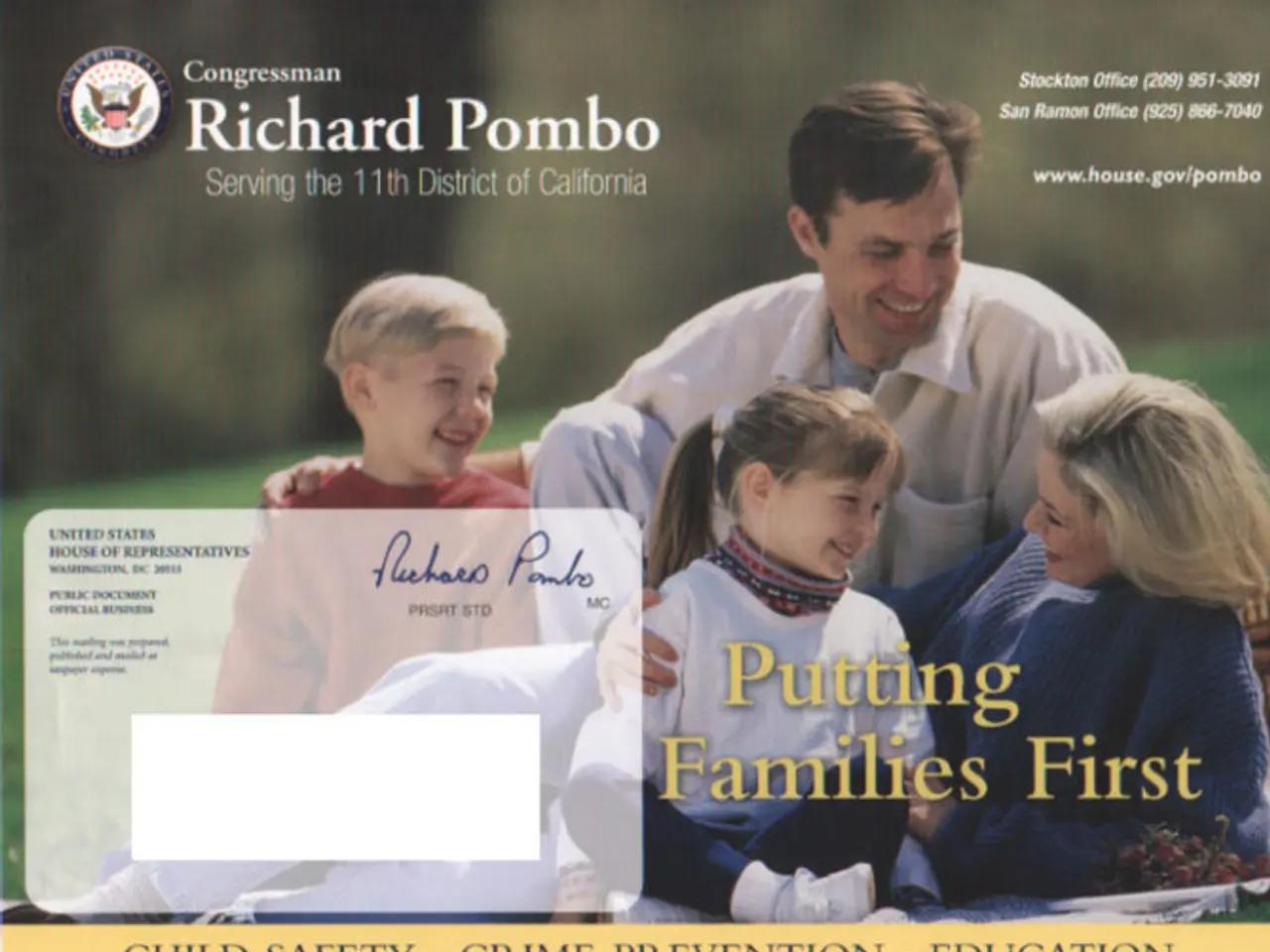"Legislation Governing Peer Investments Among Acquaintances"
In the realm of private placements, Rule 506(b) under the Securities Act of 1933 offers a path for issuers to sell securities to both accredited and non-accredited investors. However, there are specific rules and regulations that apply to non-accredited investors.
Maximum Number and Disclosure Obligations
Under Rule 506(b), an issuer may sell securities to up to 35 non-accredited investors. To ensure transparency, the issuer must provide these investors with detailed financial disclosures similar to those required in registered offerings. This includes information about the company's financial statements, risks involved, and other material facts.
Ensuring Investor Understanding
The issuer must also take reasonable steps to ensure that non-accredited investors understand the investment risks and the nature of the offering. This often involves delivering offering documents and disclosures, and may require some form of verification that the investor has the capacity to understand these materials.
No General Solicitation Allowed
Unlike Rule 506(c), Rule 506(b) does not permit general solicitation or advertising of the offering. The offering must be conducted in a private manner, which limits how non-accredited investors typically learn about the opportunity.
Filing Requirements
Regardless of investor type, the issuer must file a Form D with the SEC within 15 days of the first sale under Rule 506(b).
In summary, for non-accredited investors in a Rule 506 private placement:
- Maximum Number: Up to 35 non-accredited investors allowed
- Disclosure: Must provide detailed financial disclosures similar to registered offerings
- Investor Understanding: Must ensure non-accredited investors understand the risks and nature of the investment
- General Solicitation: Not permitted to solicit or advertise publicly
- Form D Filing: Must file Form D within 15 days of first sale
While Rule 506(b) allows for non-accredited investors, it is important to note that Rule 506(c) does not, and requires all investors to be accredited. This highlights the need for issuers to carefully consider their investor base when using Rule 506.
For more information on other rules and regulations related to private placements, such as Rule 505 and Rule 504, please refer to our other articles.
Investing in a Rule 506 private placement allows for up to 35 non-accredited investors, but these investors must be provided detailed financial disclosures similar to those required in registered offerings. The issuer must also ensure that non-accredited investors understand the investment risks and nature of the offering, and this often involves delivering offering documents and disclosures. However, general solicitation or advertising of the offering is not permitted under Rule 506(b).




